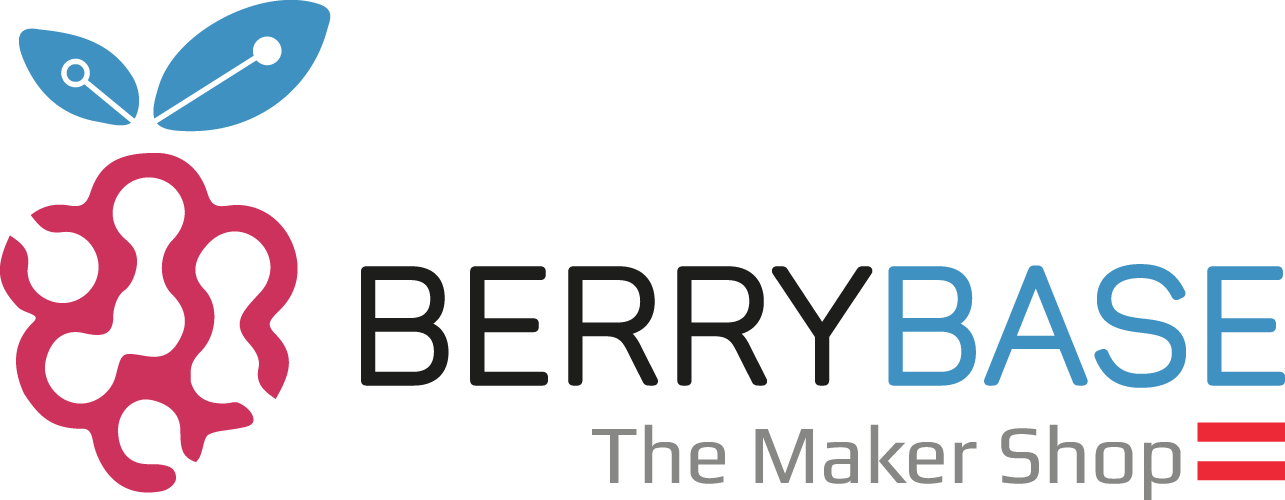USB, serial, and LAN modules - expand the functionality of your embedded systems!
USB, serial, and LAN modules the perfect solution for you! With these modules you can integrate USB, RS232, RS485, Ethernet and WLAN interfaces into your applications and thus realise a multitude of applications and functions. What are you waiting for? Discover the possibilities now and expand the functionality of your embedded systems! Order now and experience the benefits for yourself!
What are USB, serial and LAN modules?
USB, serial, and LAN modules are important extensions for embedded systems and microcontroller platforms. These modules enable the integration of interfaces such as USB, RS232, RS485, Ethernet and WLAN into embedded systems to realise a wide range of functions and applications.
USB modules enable communication between a microcontroller system and a computer via the USB interface. Serial modules enable communication via RS232 or RS485 interfaces, which are widely used in many industrial applications and systems. LAN modules enable the integration of Ethernet interfaces to integrate embedded systems into a network.
The use of these modules in embedded systems allows developers to create a variety of applications, such as data transmission, remote control, automation, and monitoring. In this regard, USB, serial and LAN modules provide a low-cost and effective way to extend and enhance the functionality of embedded systems.
Serial modules:
Serial modules are extensions for embedded systems that enable serial communication. They create the link between a microcontroller system and other devices or systems that can communicate via a serial port such as RS232 or RS485. These modules offer developers an easy way to integrate serial communication functions into their applications, such as for remote control, data transmission or monitoring.
LAN modules:
LAN modules are extensions for embedded systems that establish the integration of Ethernet interfaces. They offer developers the possibility to integrate their embedded systems into a network to enable data transmission, remote control, or monitoring. LAN modules can also be used for IoT applications or for remote maintenance of machines and systems.
USB modules:
USB modules realise communication between a microcontroller system and a computer via the USB interface. They cost-effectively create a connection between an embedded system and a computer for data transfer, programming or remote control. USB modules are also capable of connecting a variety of peripherals, such as USB sticks, cameras, sensors, and other devices.
What is FTDI USB Serial?
FTDI stands for "Future Technology Devices International" and is a company that specializes in the design and manufacture of semiconductor devices and modules. The company specializes in the development of USB technology and USB communication products and is best known for its USB-to-serial chipsets.
The FTDI chipsets are often used in USB modules and adapters to enable serial communication via USB. FTDI products are used in many applications, e.g. industrial automation, mechanical engineering, measurement technology, medical technology, plant monitoring and control and many other areas.
FTDI is a well-known and trusted manufacturer of USB chipsets and modules that are widely used in the embedded industry.
What are Ethernet modules?
An Ethernet module enables an embedded system to connect to an Ethernet network by providing an Ethernet interface. It is therefore not specifically designed to make a microcontroller system WLAN-enabled.
However, if a microcontroller system already has a WLAN interface and an Ethernet module is used, the system can also communicate with an Ethernet network. This opens up new possibilities, e.g. integrating the microcontroller into an existing network to exchange data or establish remote access to the system.
Some embedded systems may not have an integrated Ethernet or WLAN interface. In this case, an Ethernet module or a WLAN module can be used as an expansion module to add this functionality.
What applications do USB, serial and LAN modules offer?
USB, serial, and LAN modules offer a wide range of application possibilities for embedded systems and microcontroller platforms, including:
Data transmission:
By integrating serial or Ethernet interfaces, developers can enable data transfers between their embedded system and other devices or systems.
Remote control:
With serial or Ethernet interfaces, developers can remotely control and monitor their embedded system, for example for remote control of machines or devices.
IoT applications:
By integrating Ethernet or WLAN interfaces, developers can integrate their embedded systems into a network and use them for IoT applications.
Automation:
With serial interfaces, developers can integrate their embedded systems in automated systems, e.g. for controlling robots or machines.
Monitoring:
With serial or Ethernet interfaces, developers can monitor their embedded systems and detect faults to facilitate maintenance and repair.
Data logging:
With USB interfaces, developers can connect their embedded systems to a computer and record or store data in real time. Overall, USB, serial and LAN modules offer a wide range of application possibilities for embedded systems and microcontroller platforms, allowing developers to extend and improve the functionality of their applications.
Use Serial-over-LAN technology with a LAN module
Serial-over-LAN technology enables remote control and monitoring of embedded systems via a LAN network. The serial interface of the system is virtualised and made accessible via the network.
To use this technology, a LAN module is required that supports serial virtualisation and provides an Ethernet interface. By combining Serial-over-LAN technology and LAN module, developers can integrate their embedded systems into a network and access them via the network. This provides a cost-effective and easy way to integrate serial communication into applications and enable remote control or monitoring of embedded systems.















